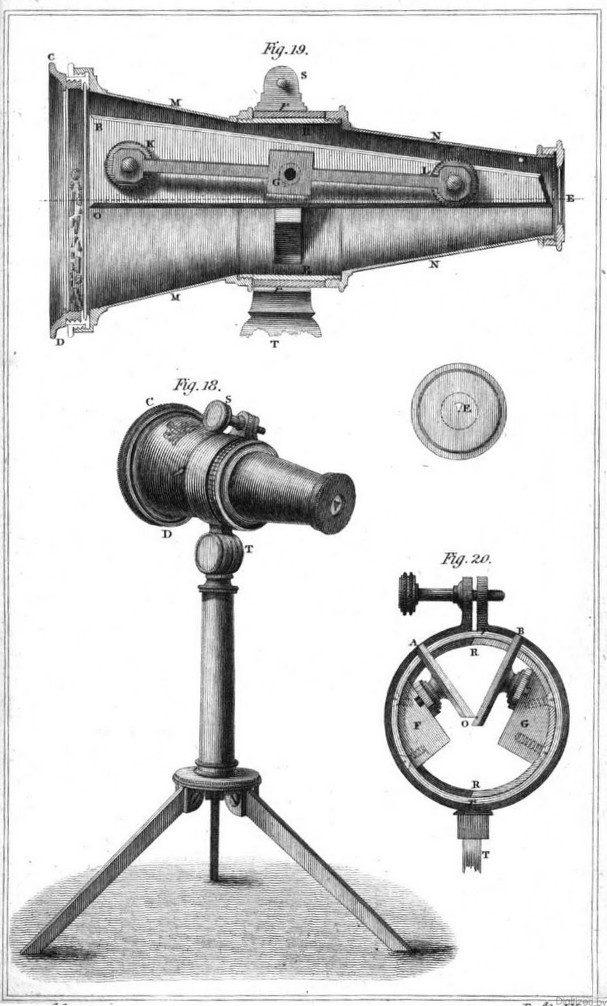Fun with Refraction and Polarizationby cecilia Sir David Brewster (1781–1868) was a Scottish scientist, mathematician and physicist who worked in the field of optics. He was born December 11, 1781 in Jedburgh, Roxburghshire. Brewster constructed a telescope when he was only ten years old, so he clearly was a smarty-pants early on. As a 12 year old (WOW)!) he was sent to the University of Edinburgh. He graduated in 1800 with a Master of Arts (MA). Brewster was fascinated by the laws of light polarization by reflection and refraction. He had a full career, winning awards and was respected by his colleagues. In fact he was awarded the Copley Medal by the Royal Society of London because of this work with polarization and reflection. ![By Chasles Stutz Co., New York - [2], Public Domain, https://commons.wikimedia.org/w/index.php?curid=16540730 By Chasles Stutz Co., New York - [2], Public Domain, https://commons.wikimedia.org/w/index.php?curid=16540730](images/Brewster_cigar_box.jpg) However, the reason I am writing about him is because in 1815 he invented the kaleidoscope. His models were fitted with pieces of colored glass and other objects. These was reflected by mirrors and lenses set at angles. This was a result of his playing around with mirrors and noticing how the reflections often made repeating patterns. Embed from Getty Images Polyangular Kaleidoscope of R.B. Bate (with adjustable reflector angles), as illustrated in Treatise on the Kaleidoscope (1819) The Victorian Society of the day went a bit "nuts' over the Kaleidoscope device. This really isn't much of a surprise. People of all ages and times love pretty colors and simple devices that allow mindless entertainment. This was certainly not the only device he helped invent. Brewster once constructed a large diameter lens out of one piece of glass by cutting out the central parts in successive ridges, similar to stair steps. This is a polyzonal lens, which is a lens constructed by building it on several circular segments. This useful discovery, which created repeated intense light of brilliance that could pierce far into the night, was later perfected and named after French physicist, A. Fresnel, and resulted in the lighthouse as we know it today. His daughter, Margaret Maria Gordon (1823–1907) wrote a book about her father. In "The Home Life of Sir David Brewster" she writes he was “irritable, impatient, litigious, and verbally aggressive,” however, “he was a man with a strong personality, strong constitution and possessed a great personal charm when he chose to exercise it.” My reaction is: so he was Scottish. For those individual who wish to enjoy the delights of Brewster's invention with others there's The Brewster Kaleidoscope Society. Not surprisingly, you can experience a kaleidoscope on smart devices. There's several different kinds of apps, but here is one for android phones and tablets.
|
